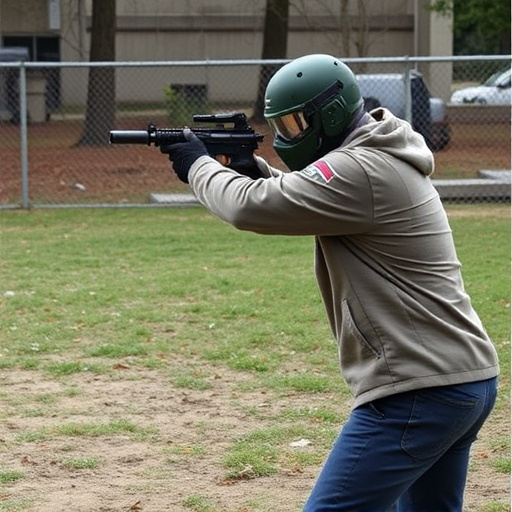Global laws differ greatly for concealed carry stun guns, with classifications as "non-lethal" or "less-lethal." Most powerful legal stun weapons vary in power, size, and use cases across regions, from low-voltage immobilizers to higher voltages. US state regulations range from no permit needed to strict licensing, stressing the need for local law understanding before acquiring these tools for personal safety. Responsible ownership includes knowledge of laws, secure storage, operation practice, and safe handling for enhanced confidence.
In today’s uncertain times, understanding the regulations around concealed carry stun guns is paramount for personal safety. This comprehensive guide explores the legal framework governing these powerful self-defense tools, shedding light on the discrepancies between federal and local laws. We delve into state-by-state guidelines, empowering individuals to make informed decisions about their rights and responsibilities. Discover the most powerful legal stun weapons available, while learning about safe ownership practices to ensure your safety and compliance.
- Legal Framework for Concealed Stun Guns
- Powerful Stun Guns vs. Local Regulations
- Understanding Your Rights: Legal Limits
- State-by-State Guide: Stun Gun Laws
- Ensuring Safety: Responsible Ownership
Legal Framework for Concealed Stun Guns
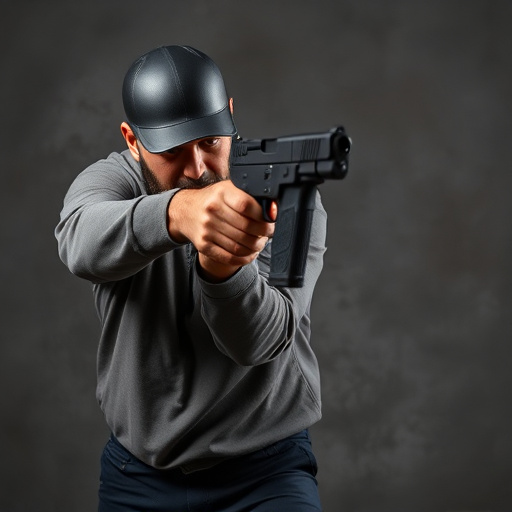
The legal framework surrounding concealed carry stun guns varies widely across jurisdictions, with each region establishing its own rules and regulations. In many places, stun devices are considered less lethal alternatives to firearms and fall under distinct legal categories based on power output, size, and purpose. The most powerful legal stun weapons typically have lower voltage outputs than Tasers or stun guns designed for law enforcement use, aiming to incapacitate temporarily without causing severe harm.
States or regions often classify stun devices as either “non-lethal” or “less-lethal,” with specific laws dictating who can possess them, where they can be carried, and under what circumstances. Some areas allow concealed carry of stun guns for personal protection, while others restrict their use to trained professionals. Understanding local legislation is crucial before considering the acquisition of a concealed stun gun to ensure compliance and promote safety.
Powerful Stun Guns vs. Local Regulations
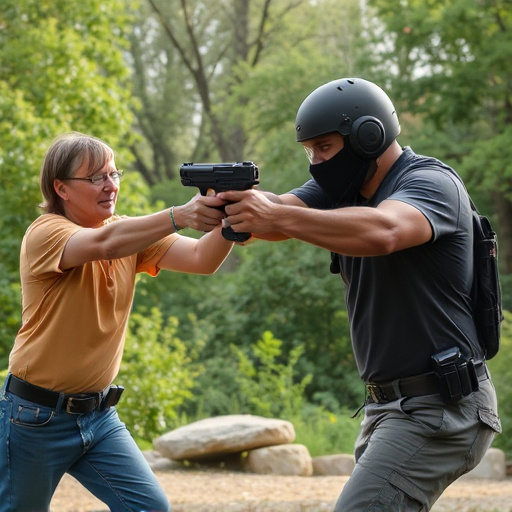
When considering concealed carry options, the choice between a powerful stun gun and local regulations can be a complex one. It’s crucial to understand that while the most powerful legal stun weapons offer enhanced personal safety, they must always adhere to state and local laws. These regulations vary widely across different jurisdictions, dictating the allowed voltage, weight, and even the circumstances under which such devices can be used.
For instance, some areas limit stun guns to a maximum voltage or require specific permits. Others may restrict their use solely for self-defense, precluding any other application. As such, prospective owners must conduct thorough research to ensure compliance, balancing their need for effective self-protection with the legal framework governing these powerful tools in their region.
Understanding Your Rights: Legal Limits
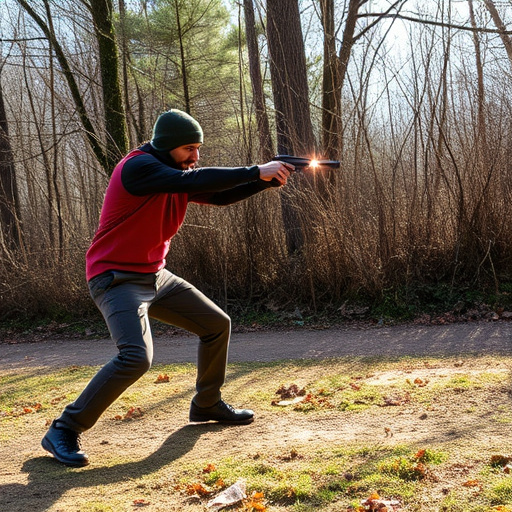
Knowing your rights when it comes to concealed carry, especially with stun guns, is crucial. While self-defense is a fundamental right, laws surrounding stun guns vary greatly by jurisdiction. In many places, you’re allowed to carry stun devices for personal protection, but there are strict limits on the power and size of these tools.
The “most powerful legal stun weapons” differ based on local regulations. Some areas permit only low-voltages meant for immobilizing without causing permanent harm, while others might allow slightly higher voltages under specific conditions. Staying informed about your state or region’s laws is essential to ensuring you’re within the legal boundaries and can exercise your right to self-defense responsibly.
State-by-State Guide: Stun Gun Laws
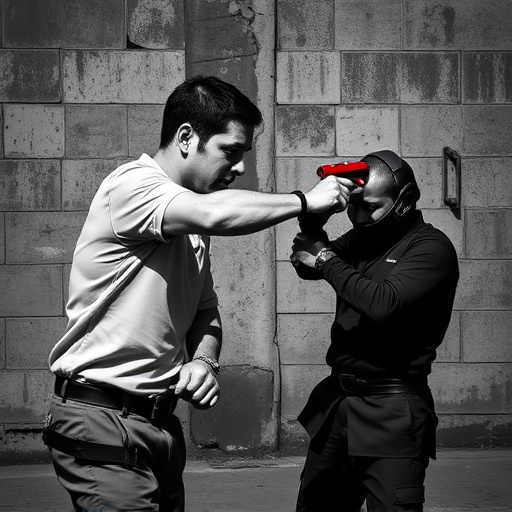
In the United States, regulations surrounding concealed carry stun guns vary significantly from state to state. Understanding these laws is crucial for individuals seeking to purchase and carry a legal self-defense tool. A state-by-state guide to stun gun laws reveals a wide range of restrictions and allowances.
Some states, known for their pro-gun rights policies, allow the open and concealed carrying of stun guns without a permit. These jurisdictions often treat stun guns as less lethal alternatives to firearms. Conversely, other states have stringent regulations, prohibiting the possession of stun weapons without specific licenses or permits. This variation highlights the diverse legal landscape surrounding what many consider the most powerful legal stun weapons available.
Ensuring Safety: Responsible Ownership
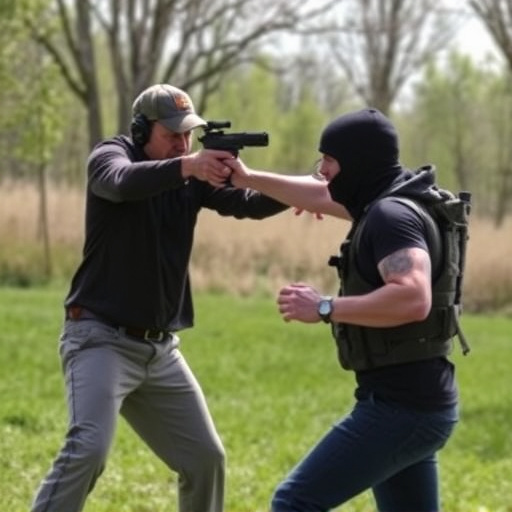
Ensuring safety is paramount when it comes to owning and carrying a stun gun, especially as more individuals opt for the most powerful legal stun weapons for self-defense. Responsible ownership involves understanding and adhering to local laws and regulations regarding concealed carry permits and age restrictions. It also entails storing the device securely in your home to prevent unauthorized access, ensuring that only those authorized can use it when needed.
Education is another crucial aspect of responsible ownership. Users should familiarize themselves with the stun gun’s operation, safety features, and proper usage techniques. This includes learning about safe handling practices, battery maintenance, and understanding the range and effectiveness of the stun weapon. Regular practice in a controlled environment can help individuals become more comfortable and proficient in using their stun guns, enhancing their overall safety and confidence.
When considering the acquisition of a concealed carry stun gun, understanding both the legal framework and local regulations is paramount. While powerful stun guns offer enhanced personal safety, it’s crucial to ensure compliance with state laws outlined in our comprehensive guide. Remember, the most effective weapon is one used responsibly within legal boundaries. Stay informed, exercise caution, and prioritize your well-being by knowing your rights and adhering to the rules surrounding concealed stun gun ownership.
